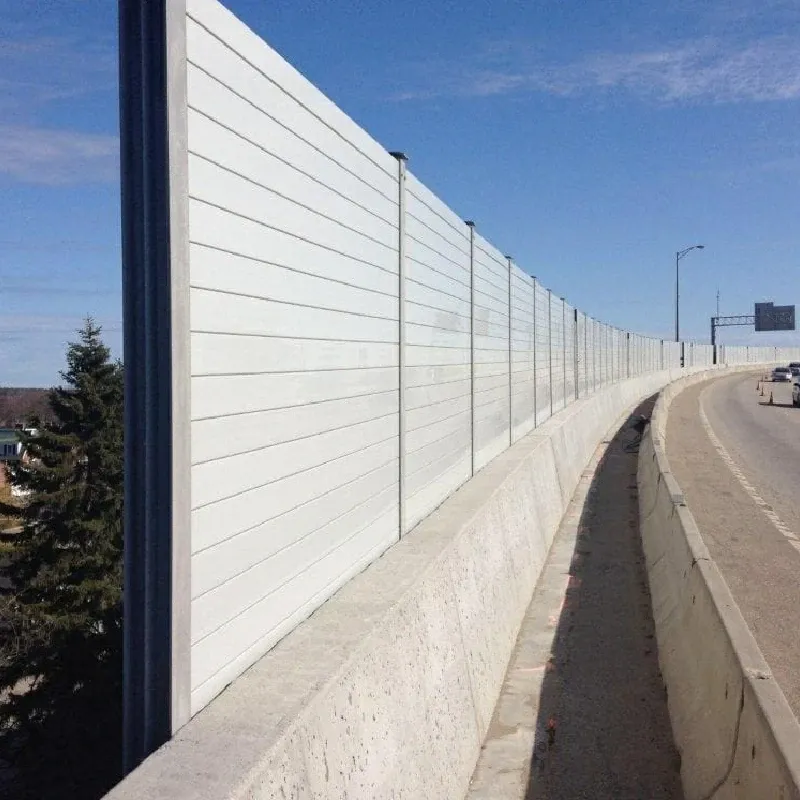How Do Noise Barriers Work?
Noise barriers have become an integral part of urban planning, particularly in areas surrounding highways, railroads, and industrial zones. As urban areas expand and traffic increases, the issue of noise pollution has gained prominence, affecting the quality of life for many residents. Noise barriers are designed to mitigate this problem by blocking or reducing the transmission of sound from noisy areas to quieter ones.
The fundamental principle behind noise barriers lies in the physics of sound waves. Sound travels in waves and can easily propagate through the air unless obstructed. When sound waves encounter a barrier, some are reflected while others are absorbed or diffracted. Noise barriers are typically constructed from solid materials such as concrete, wood, or metal, and their effectiveness depends on several factors, including height, length, and design.
Key Factors in Barrier Design
1. Height A taller noise barrier is generally more effective as it can intercept more of the sound waves traveling towards a residential area. The height required varies based on the distance from the noise source and the type of sound being produced. For instance, low-frequency sounds can travel farther and may need taller barriers.
how do noise barriers work

2. Length The barrier must extend along enough of the noise source to effectively reduce sound. A barrier that is too short may only create a localized effect, while a longer barrier that fully encloses the noise source provides a more comprehensive solution.
3. Material The choice of material plays a crucial role in sound absorption and reflection. Materials that are dense and have high mass—such as concrete—are excellent for reflecting sound. Conversely, absorbing materials, like certain types of acoustic panels, can help reduce sound energy.
4. Design The design of the barrier can also influence its effectiveness. A curved barrier can help to direct sound waves upward and away from sensitive areas, while perforated or textured surfaces can enhance sound absorption.
Conclusion
In conclusion, noise barriers serve as a critical tool in combating noise pollution, enhancing the living conditions of those residing near noisy infrastructures. By carefully considering factors such as height, length, material, and design, urban planners can create effective noise control solutions. As cities continue to grow, the role of noise barriers will undoubtedly become even more significant in promoting a peaceful and harmonious urban environment.
-
Why Galvanized Trench Cover Steel Grating Resists Corrosion
NewsJul.10,2025
-
The Versatility and Strength of Stainless Expanded Metal Mesh
NewsJul.10,2025
-
Load Calculations in Steel Grating Platforms
NewsJul.10,2025
-
Keeping Pets and Kids Safe with Chicken Wire Deck Railing
NewsJul.10,2025
-
Hole Diameter and Pitch for Round Perforated Metal Sheets
NewsJul.10,2025
-
Aluminium Diamond Mesh in Modern Architecture
NewsJul.10,2025
Subscribe now!
Stay up to date with the latest on Fry Steeland industry news.

